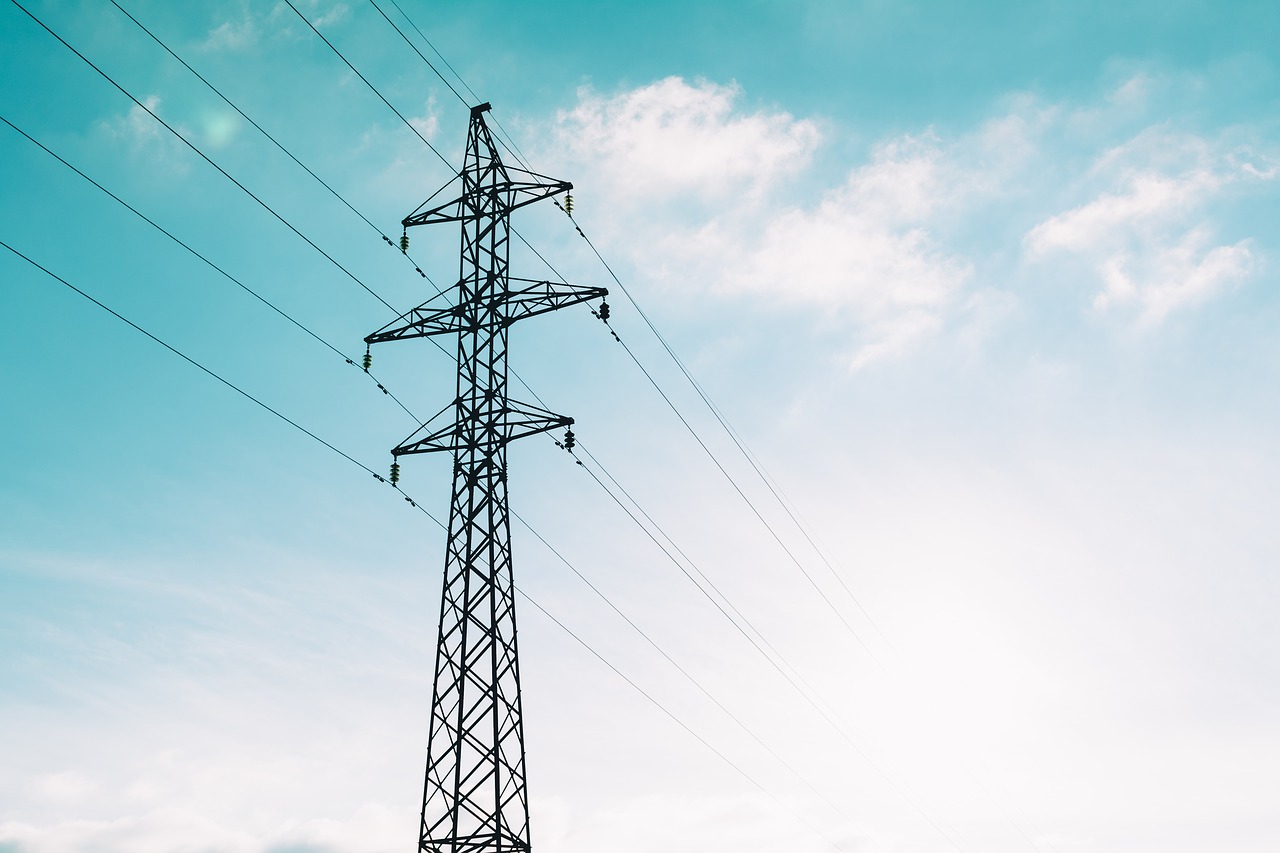When it comes to constructing residential buildings – the aim is to attract buyers with unique features.
Some builders opt for compact yet spacious designs, while others focus on an exquisite living experience free from power disruptions.
After all, power outages are increasing, and more people are looking for backup as surviving without electricity is out of the question.

Similarly, contractors are also looking for power backup to keep new homeowners away from all the troubles.
If you are trying to figure out the available options, we have something for you. Here are unfolding five power backup options for new residential buildings.
Read Also:
Although solar panels are an incredible way of using renewable energy, most of them don’t function during power outages.
Therefore, consider using solar inverters to provide homeowners with an uninterrupted power supply.
When the grid is down, it draws the daytime energy and saves it for later use. If you are wondering about the cost? There is little or no added cost over standard inverters.
Also, it doesn’t have a transformer, which means it won’t make any noise or sound.
Unfortunately, it only works during the daytime, and if the power does down at night, residents might have to see other options.
In the 21st century, everyone prefers flexibility, meaning portable generators could work as a perfect backup option.
Homeowners can carry it from one place to another and use it as per their requirements.
Likewise, they also have the operating control over it, allowing them to turn it on and off whenever possible.
It is up to you whether you prefer gasoline, diesel, propane because all are easy on pockets.
Look for websites like https://www.ablesales.com.au/diesel-generators-perth-melbourne-brisbane/diesel-generator/ and reap benefits of affordable backup options.
If you are looking for permanent options, stationary generators can be a perfect choice.
It connects to the home wiring with an automatic manual switch, providing a hard disconnect from the grid.
The manual gives signals to the generator about the power outage, turning it on automatically.
Alongside being super convenient, you don’t have to keep a check when electricity would be back as it also turns off automatically.
Moreover, it is pretty expensive and regular maintenance to keep things in order.
In this tech-savvy world, everyone is dependent on electricity and a stable power connection.
As a result, many people opt for UPS as these battery-based systems provide power in homes and offices.
You can opt for a standby UPS system, which only works in case of a power failure.
Whereas, if you want to offer something additional, consider installing line-interactive UPS systems.
It is always connected with the output, changing the electrical flow automatically when the power goes.
Besides this, the run-time is limited as the battery needs to charge after every eight hours.
When it comes to looking for a backup for extensive power failure, you might have to reconsider this option.
Have you heard of a wind generator? It has become increasingly popular in a short time due to its energy-efficient specs.
It doesn’t work like traditional generators; instead, you have to install a wind turbine in an area with little wind exposure.
It provides power to heating units, emergency lights, and other essential things during an outage.
Feel free to install an inverter to save energy for later use. It requires regular maintenance while the cost depends on the size and location of the turbine.
However, the annual speed has to be 4 miles/second, or else, wind turbines you can’t use for backup power.
Lights go out, the computer screen turns off, and there is sudden chaos in the house.
Surprisingly, modern infrastructures are moving away from this concept by providing buyers with power backup options.
Homeowners would no longer have to survive in the dark by lighting up candles, neither have to make additional expenses on power supplies.
Look above and discover the available power backup options.